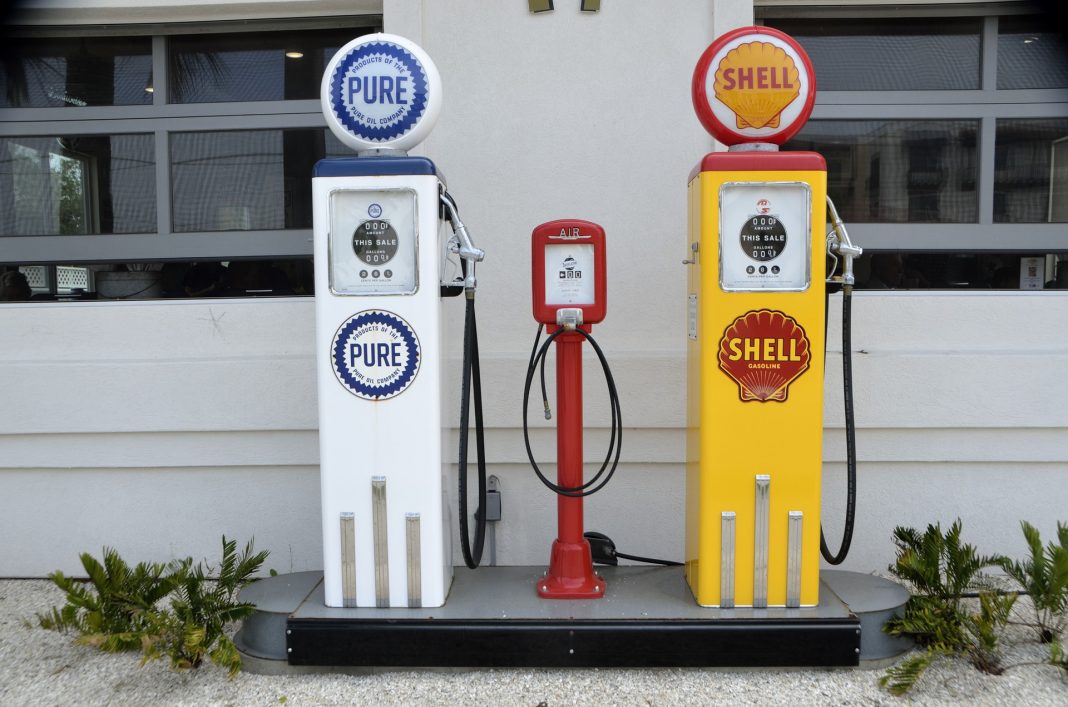The price of fuel has fallen to levels last seen in 2017, hardly surprising, however, with drivers unable to leave home and so few cars on the road.
According to the Oil Bulletin of the European Union, the average price of a litre of sin plomo in Spain this week is 1,176 euros, 4.6% less than last week, while that of diesel is down to 1,084 euros, 3.8% less . Since January, the price of petrol has dropped by 10.91% , while that of diesel by 13.07% .
According to data from the Ministerio de para la Transición Ecológica, by next weekend the average price of petrol in Spain will be even lower, reaching 1,149 euros per litre while diesel will be at 1,062 euros.
According to data from the Diesel or Gasoline portal, which presents the average price by brand, there are ‘low cost’ service stations that are already selling a litre of petrol at under a euro.
WHY HAS THE PRICE PLUMMETED?
The price of fuel is determined by many factors, including the price of crude oil, the law of supply and demand, fixed costs and taxes. In the case of the price of crude oil, at the time of writing, the price of a barrel of Brent, the benchmark in Europe, stood at 25.97 euros, 1.40% less than the previous day’s close and 60.4% less than the price at the end of 2019, when it reached $ 66. The inability of Saudi Arabia and Russia to agree to a production cut and the collapse in demand due to the coronavirus are the main reasons for the fall.
CAN I GO AND FILL UP MY CAR
The answer according to Royal Decree that defines the state of alarm in Spain and the confinement of the population is yes. Fuel stations are on the list of establishments that may remain open during this period. Even so, its use should be restricted to drivers who need the car to go to work, to carriers and to security and health services.
In case you have to refuel, however, you should minimise contact with other people as much as possible to guarantee both your safety and that of the attendant. You should also use hand sanitizer, gloves and a credit card.





